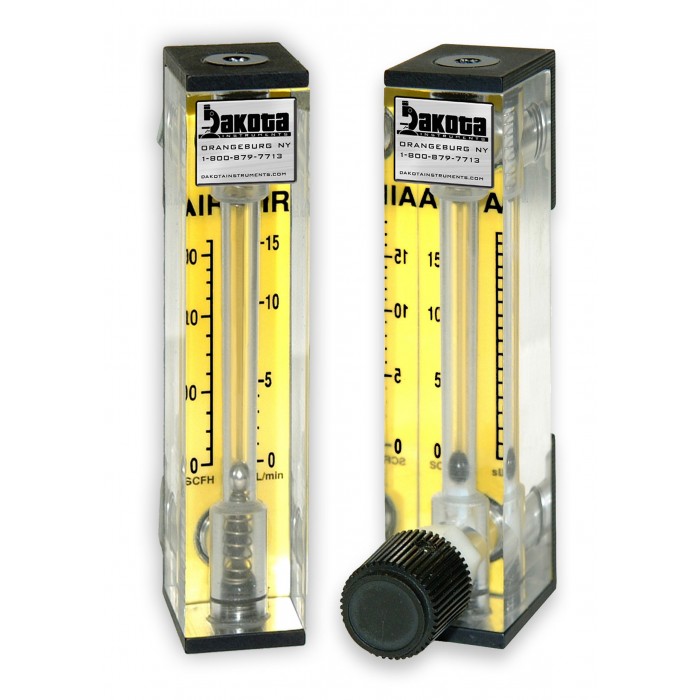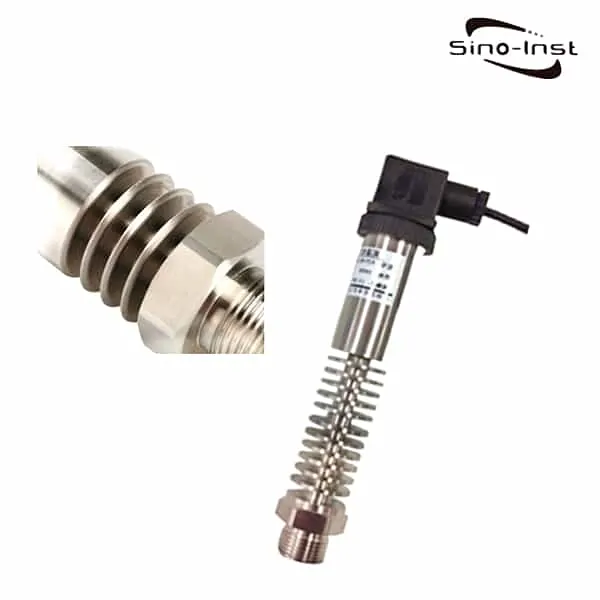However, in terms of accuracy, it will be more difficult than electromagnetic flowmeters and turbine flowmeters. In recent years, the application of clamp-on ultrasonic flowmeters in industrial fields has gradually become spur gear flow meter common, because its low cost and easy installation have been more and more recognized by. This is because its low cost and easy installation have been more and more recognized by. Although it falls a little short of expectations, the ultrasonic flowmeter still comes out on top thanks to its many other benefits. Because it takes a lot of time, effort, and money to destroy the pipeline, and because many sites do not allow broken pipes, the clamp-on ultrasonic flowmeter was developed for use in many industrial site renovation projects. The probe only needs to be installed on the outside of the pipeline, and better measurement results will be obtained as long as the pipe material and measurement medium meet the requirements for the measurement.
However, while in use, the clamp-on ultrasonic flowmeter will invariably experience some difficulties; accordingly, it is of the utmost importance to address these challenges. For instance, how can one determine which way the fluid is flowing within the pipeline?The instantaneous flow display value is positive once the sensor and wiring have been correctly installed. This indicates that the direction of the fluid is positive, which means that it is flowing from the upstream probe to the downstream probe. A negative value for the instantaneous flow indicates that the flow is occurring in the opposite direction of what was expected.
How do you put the zero point in place?Use the menu to perform zero adjustment if the instantaneous flow rate displayed by the flowmeter is not zero after the pipeline has been filled with still water and the flowmeter has been calibrated. During the time that the zero reset is taking place, you should not perform any operations. Following the adjustment of the zero point, use the menu to save the zero point. What should be done in the event that there is a problem with the product?The external clamp-on ultrasonic flowmeter/heat meter is built with a function that allows it to perform a comprehensive self-diagnosis. The errors that have been found are represented on the LCD screen in the form of codes and are shown in the upper right-hand corner of the screen in chronological order. The menu also allows for the display of all existing faults in a sequential order.
In general, ultrasonic flowmeters and heat meters perform a hardware failure check each time they are powered on. However, certain hardware failures can also be radar type level transmitter detected while the device is functioning normally. The errors that are displayed can be broken down into two categories: the first of these is the error information regarding the circuit hardware; for example, if a problem is discovered during the power-on self-test, then u* F will be displayed in the upper left corner of the display after entering the measurement state. You can power the device back on to view the information that is being displayed, and then take specific actions in accordance with the table. The other kind of information is measurement error, and in this case, you need to double-check the parameters of the setting as well as the position of the installation.

The ultrasonic liquid level gauges that are used in mines and on our industrial sites are instruments that are both very common and essential. When it comes to measuring the level of liquid, we typically use either a drop-in liquid level gauge or an ultrasonic liquid level gauge. The drop-in liquid level gauge must have direct contact with the medium and must be thrown into the bottom of the medium. The ultrasonic liquid level gauge does not require direct contact with the medium. It is restricted in a significant way. In contrast to it, the ultrasonic level gauge is superior for use in certain circumstances where it would be inconvenient to put something in. Mining is one of the more common applications for this material, although it is suitable for a wide range of environments, including sewage, acid and alkali, the wine industry, beverage production, etc.
The operation of an ultrasonic liquid level gauge is based on the transmission ip68 pressure transmitter of sound waves, as the name of this type of gauge might suggest. During the measurement, the sensor will send out a pulse wave, and after it is reflected by the surface of the object, it will be received by the same sensor, converted into an electrical signal, and then it will be sent and received by the time. to calculate the distance, and it has the capability to convert the liquid level height into an analog signal as well as perform remote transmission through the common communication protocol on the site.
The process of using raw ore, going through a pulverizer, a ball mill, a stirring tank, rough selection, fine selection, filtration, and so on is the typical beneficiation that is done in our mining industry. The procedures that are followed at various mines vary, but in general, the minerals have to go through the crushing and grinding processes. When screening, among other things, we need our high-level pool and other equipment to be continuously cleaned. Additionally, the water used in the process needs to be ultrasonic tank level sensor recycled and reused, which requires us to detect the liquid level. However, because it is inconvenient for us to touch the liquid, we need to use an ultrasonic liquid level gauge in order to detect the liquid level in the mine.
Naturally, in order for us to select the appropriate ultrasonic liquid level gauge, we need to first have a fundamental comprehension of the ultrasonic liquid level gauge that is typically utilized in mines. To begin, the primary issue that requires resolution is determining whether or not the ultrasonic liquid level gauge that we require is an integrated or split model. On the one hand, as a result of the various requirements that are imposed by the particular working conditions at the location, it is more convenient for us to go to the instrument to watch it when we go to the location. For instance, if we install it in a tank that is relatively high or put it in the center through a shelf, then it is possible that the integrated one will not be convenient for viewing on-site. On the one hand, it is the space designated for the installation. Because there is not always enough room for the meter head during the installation process, there are times when it must be moved to a different location.

The ultrasonic liquid level gauge has a dead zone that varies according to the different ranges it can measure. The blind area will be proportionally smaller when the range is smaller, and it will be proportionally larger when the range is larger. When installing the ultrasonic level gauge, the blind area is something that must be taken into consideration because it is typically between 30 and 50 centimeters. There are specific situations in which an ultrasonic level gauge that has a limited blind area is required, and the nature of those circumstances is determined by the working conditions that are present at the location in question.